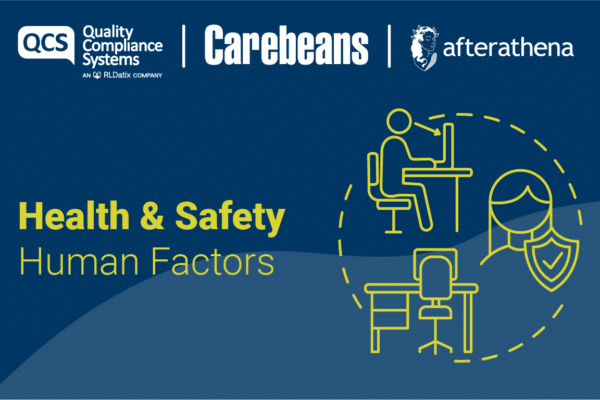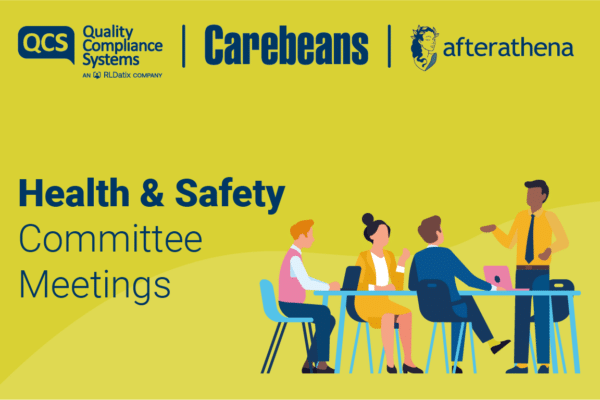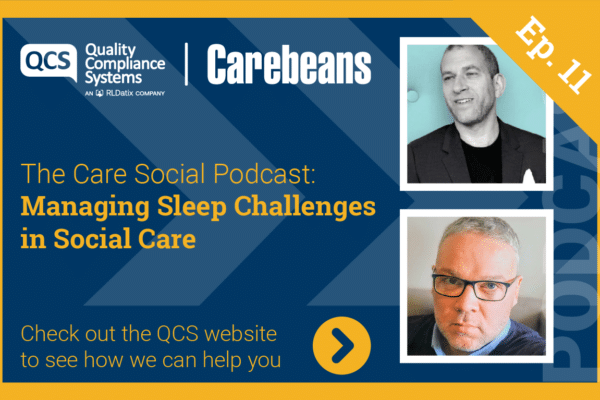
Falls from height
Falls from height may result in serious injury, and even death. Care home residents are vulnerable to falls and their consequences due to age and underlying medical conditions. Some care homes have stairs, which can lead to falls. Good lighting on stairs will reduce this risk and stair carpet must always be in good condition.
There have been cases of residents falling from windows – a specific hazard. Window restrictors need to be in place, and suitable and sufficient alterations must be made to balconies to ensure that they are safe.
Hazardous substances, infections and diseases
Care homes need to undertake a risk assessment of exposure to hazardous substances for staff and others. Material safety data sheets and COSHH risk assessments need to be available for staff to read and act upon. It is good practice to keep all hazardous substances locked in a secure cupboard. Deep cleaning can be undertaken during the night, causing less risk to residents. Infection control policies need to be in place, with suitable and sufficient controls, to prevent the spread of pathogenic microorganisms.
Specific staff training on hazardous substances and infection control needs to be completed, and personal protective equipment (PPE) will be provided free of charge to all staff, with instructions on how to use it.
Legionella
A Legionella risk assessment needs to be conducted by a competent person. The care home needs to ensure that its water systems remain clean and at the correct temperatures and that there is no stagnation of water. This should be reviewed in planned frequent checks, as advised by the competent person.
Hot water and surfaces
Residents may have reduced mental capacity, or reduced temperature sensitivity, and contact with surfaces above 43 °C can lead to serious burns. You should conduct a risk assessment that identifies who is vulnerable and the locations of all potential ‘hot points’, such as hot water sources (baths, sinks), radiators, hair tongs etc. Ensure that controls are put in place to eliminate these hazards. Planned, regular monitoring needs to be implemented to ensure that engineering controls are suitable, sufficient and adequately maintained.
Violence and aggression
A risk assessment on work-related violence and aggression should be carried out to understand the risks to employees or residents. Information and training should be given staff to ensure they are aware of the different conditions, such as dementia, that can present in challenging behaviour. Staff will then be able to understand the triggers and signs of early aggression, and will be able to deal with any verbal or physical aggression in an appropriate manner. A policy should outline the support for any person who is exposed to aggression.
Work-related stress
The care home should conduct a stress risk assessment to identify areas that may impact on staff. The stress risk assessment should review ‘pinch points’ – the times of the day at which staff will be very busy, for example, supporting residents with personal care in the morning and helping them to bed at night. A policy should outline how work- related stress is identified and managed.
General work environment
The work environment presents many potential hazards, and a risk assessment of this environment will help to identify hazards. These include, but are not limited to, asbestos, electrics, utilities, building structure, parking, the kitchen and all other rooms. A compliance review audit will give a baseline of potential hazards and is a good starting point. Regular monitoring through audits and inspections will support the effective management of health and safety in the building.
General welfare
The care home environment must provide suitable welfare facilities such as adequate numbers of toilets, washbasins, drinking water, a ban on smoking, first aid provision, and somewhere to eat. Pregnant women and nursing mothers’ requirements must be risk assessed and suitable provisions made. The staff must ensure that all welfare facilities are kept clean. Waste bins need to be emptied regularly to prevent the presence of pests.
Conclusion
The management of health and safety in a care home is complex, as in addition to being a business it is also a home. Management has a duty of care to ensure the safety of residents, and all staff have their part to play in ensuring the home remains safe 24 hours a day, 365 days a year.
QCS provides full health and safety management policies and procedures to support your business.
References
Health and safety in care homes
Managing for health and safety
Information of the Health and Safety at Work Act 1974
The Reporting of Injuries, Diseases and Dangerous Occurrences Regulations 2013






